MY CLASSICS
DAF 40 GT
Cars
| 09-02-2021
When you enter the top floor at the DAF Museum – the passenger car floor – there's a long, double row of production cars. At the end of that corridor, you can see a bright orange model, with striking lines across the doors. When you get closer, it turns out to be a sporty coupé. But without an engine and without an accelerator and brake pedal. What is the story behind this car?
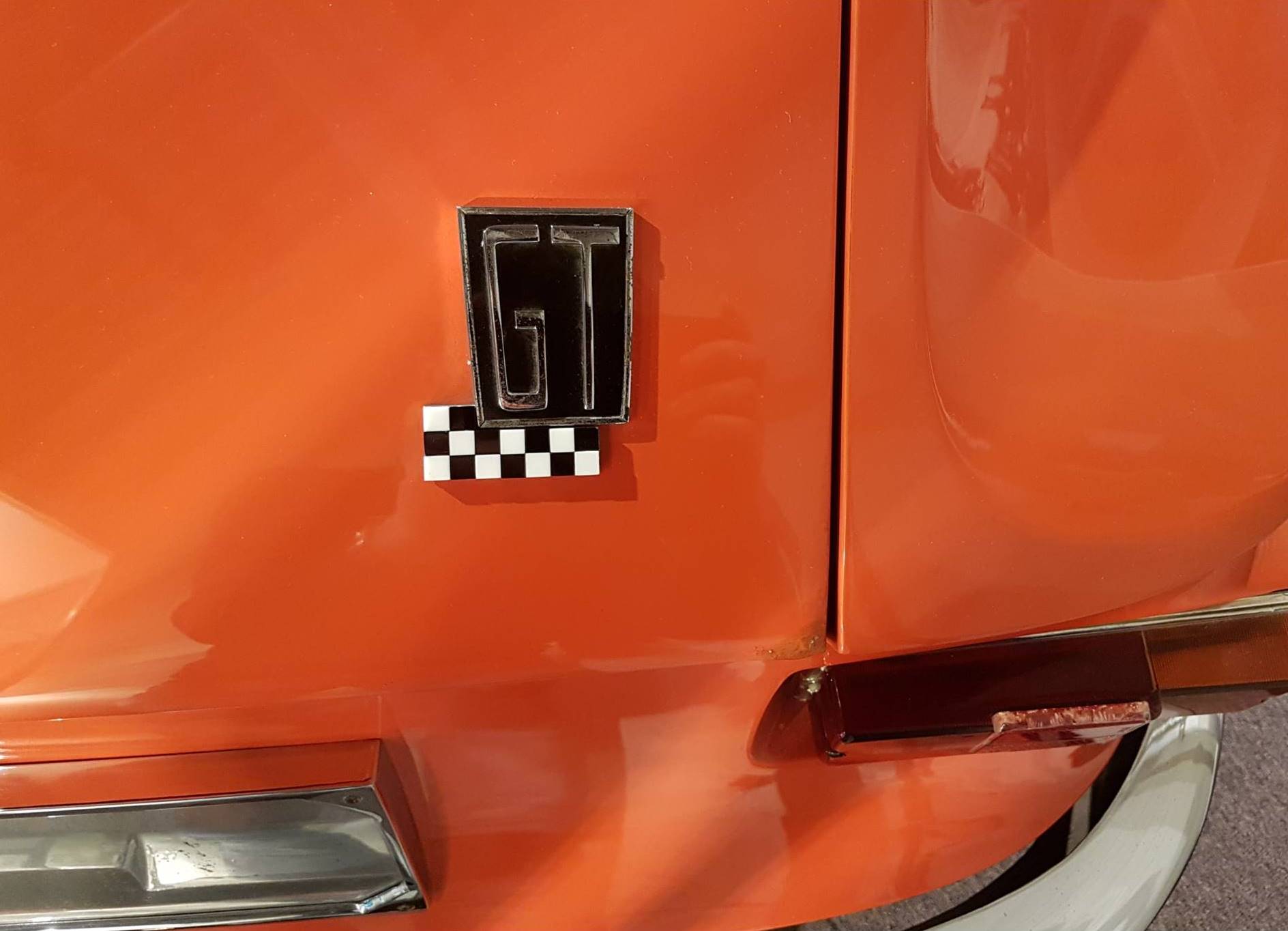
The story of the DAF 40 GT is not that easy to trace. It's one of the very many models in automotive history that have never outgrown the design stage and have been pushed aside in the rapid succession of developments in a design department. There will probably be more information on such projects hidden away in the archives, but, well: hidden. Fortunately, every now and then a drop of information seeps out and then the puzzling begins. Different people have different interests, and so one source sometimes contradicts the other. Which makes it even nicer that there are three witnesses in the DAF Museum – the 1-on-1 model and two smaller scale models – which are no longer hidden, but accessible to the public, so that you can study them yourself. That helps with figuring out the story.
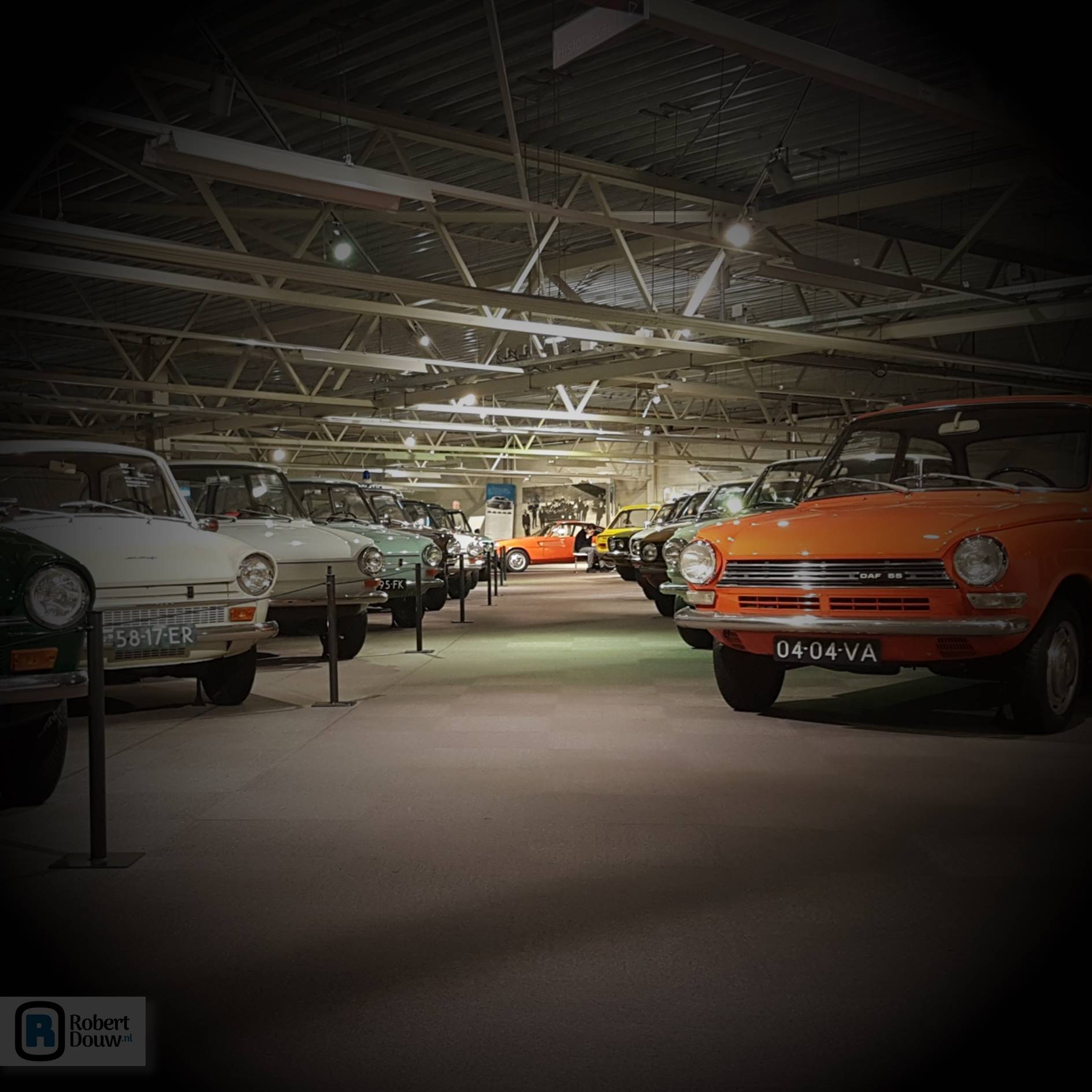
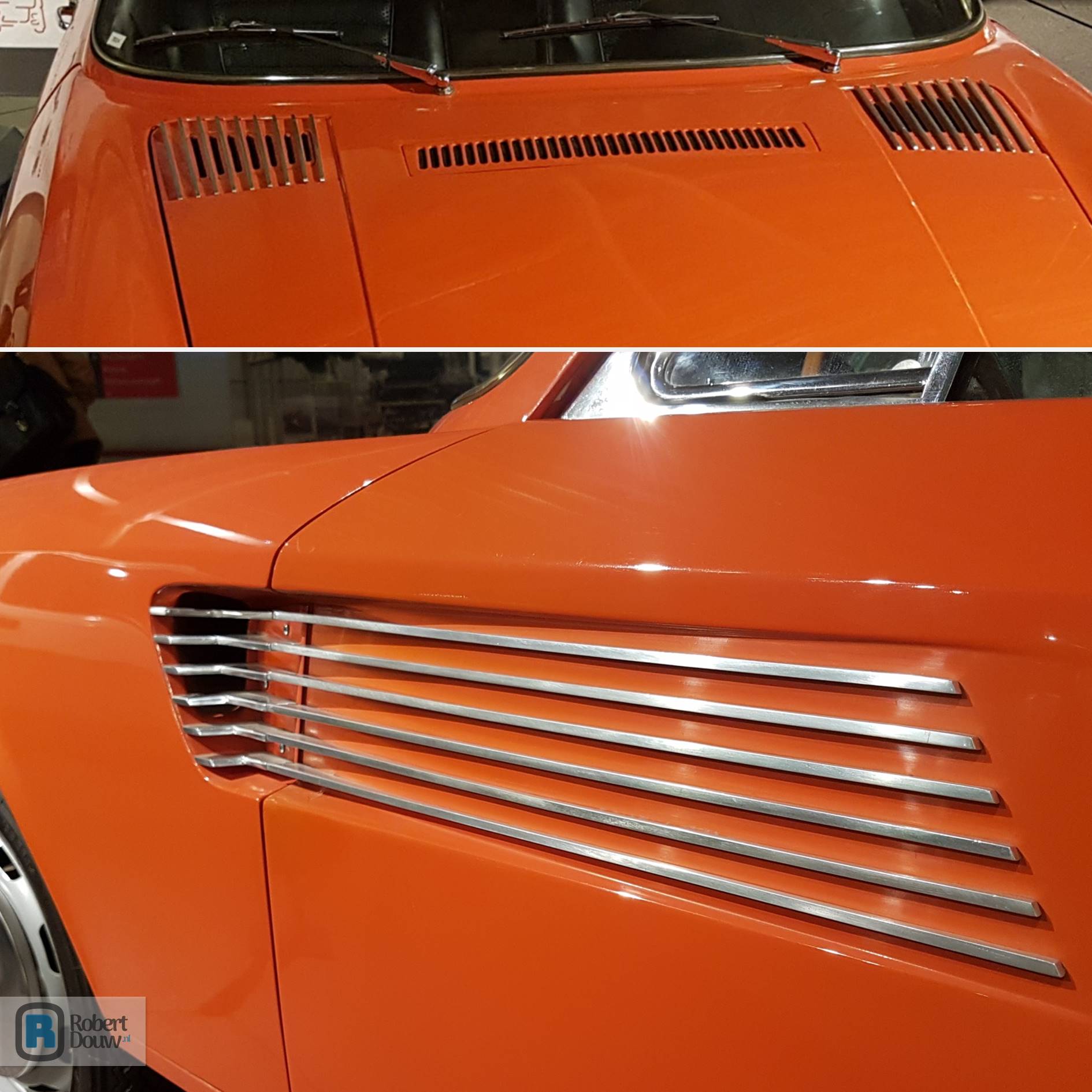
The main reason I have to assume that DAF was seriously considering taking the 40 GT into production, is – in addition to the fact that DAF had a 1-on-1 model made – the historiography of DAF engineer Van der Brugghen. He writes that on his request, air intake vents were made on the back of the hood of this model, as well as air outflow vents on the sides, in order to measure whether air currents lead through them would lower the air resistance. Before his time at DAF, Van der Brugghen worked at the National Aviation Laboratory in Amsterdam for some time, among other things in the wind tunnel. He used that experience at DAF, where considerable research was done into the effect of air currents on cars. However, the airflow investigation on the 40 GT was never carried out; according to Van der Brugghen “due to the greater urgency of other work”.
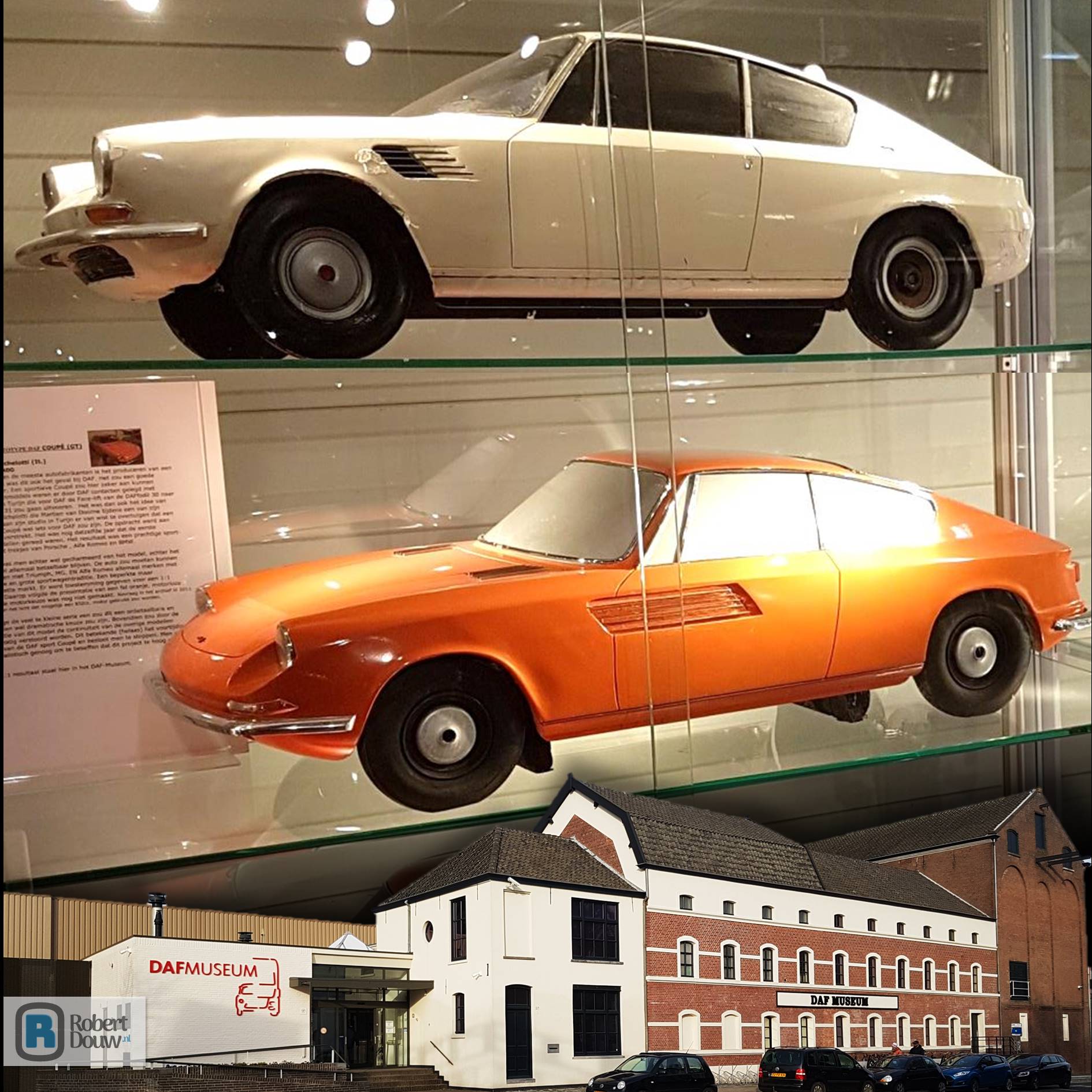

The biggest difference between a Ferrari 275 GTB and the DAF 40 GT is of course that the former had a 3286 cc V12 in the front, while DAF in the 44, with which the 40 GT would share its base, used an 850 cc two-cylinder boxer engine. According to an information board in the DAF Museum, the archive shows that this engine was considered for the 40 GT, of course in combination with the variomatic. A sports coupé with 34 hp however isn't really a convincing offer. From 1967 DAF produced the 55, which was equipped with a 1108 cc four-cylinder from Renault, which produced 50 hp in the DAF. That still sounds a bit limited to today's understanding, but at the time it was quite acceptable: a Fiat 850 Coupé, for example, produced 47 hp and a Simca 1000 Coupé provided 52 hp. Nevertheless, with 50 hp, the 40 GT of course still wouldn't be very sporty. In addition, it was not yet known in 1965 that DAF would use the Renault engine, so to claim that that engine was considered for the 40 GT, as some sources do, seems an anachronism.
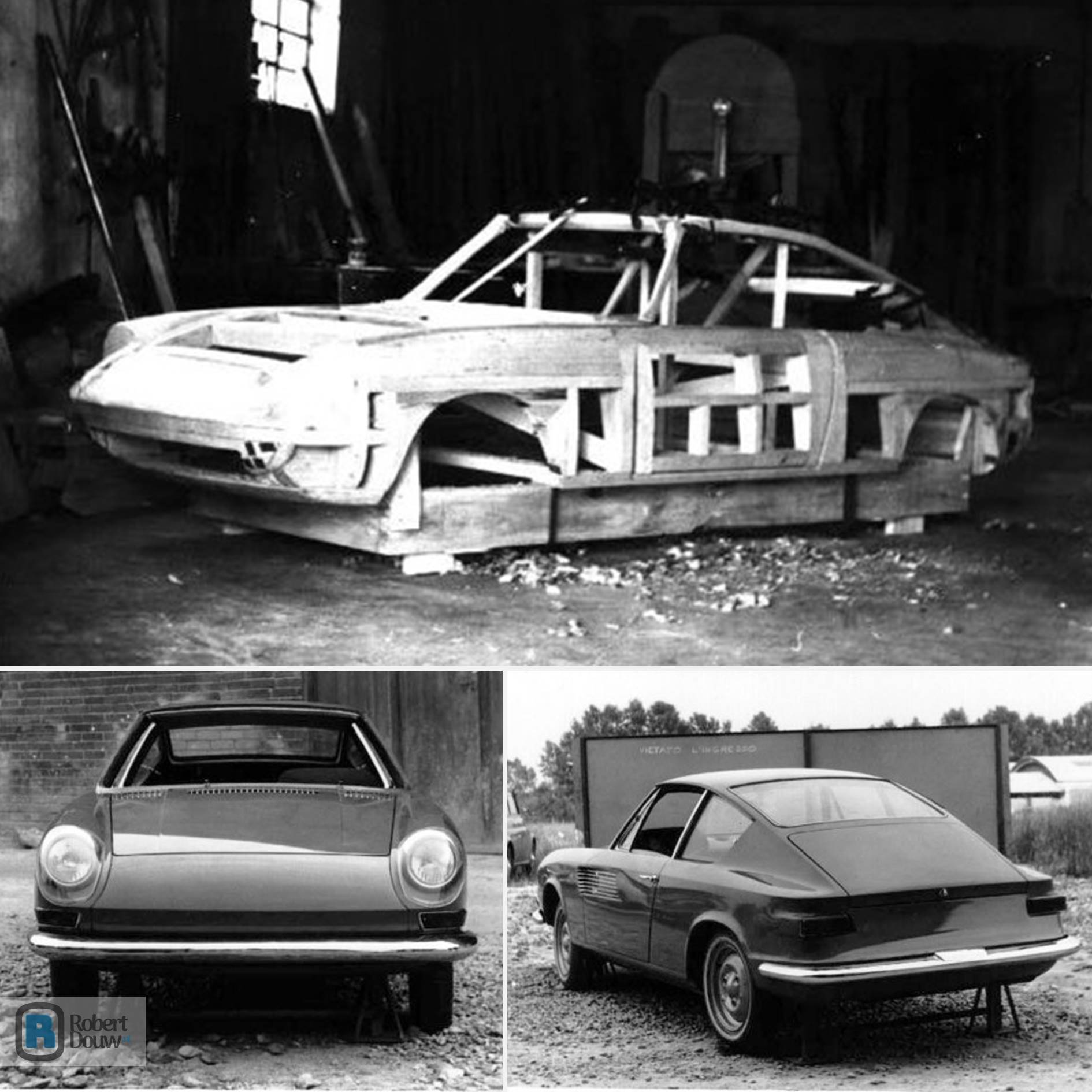
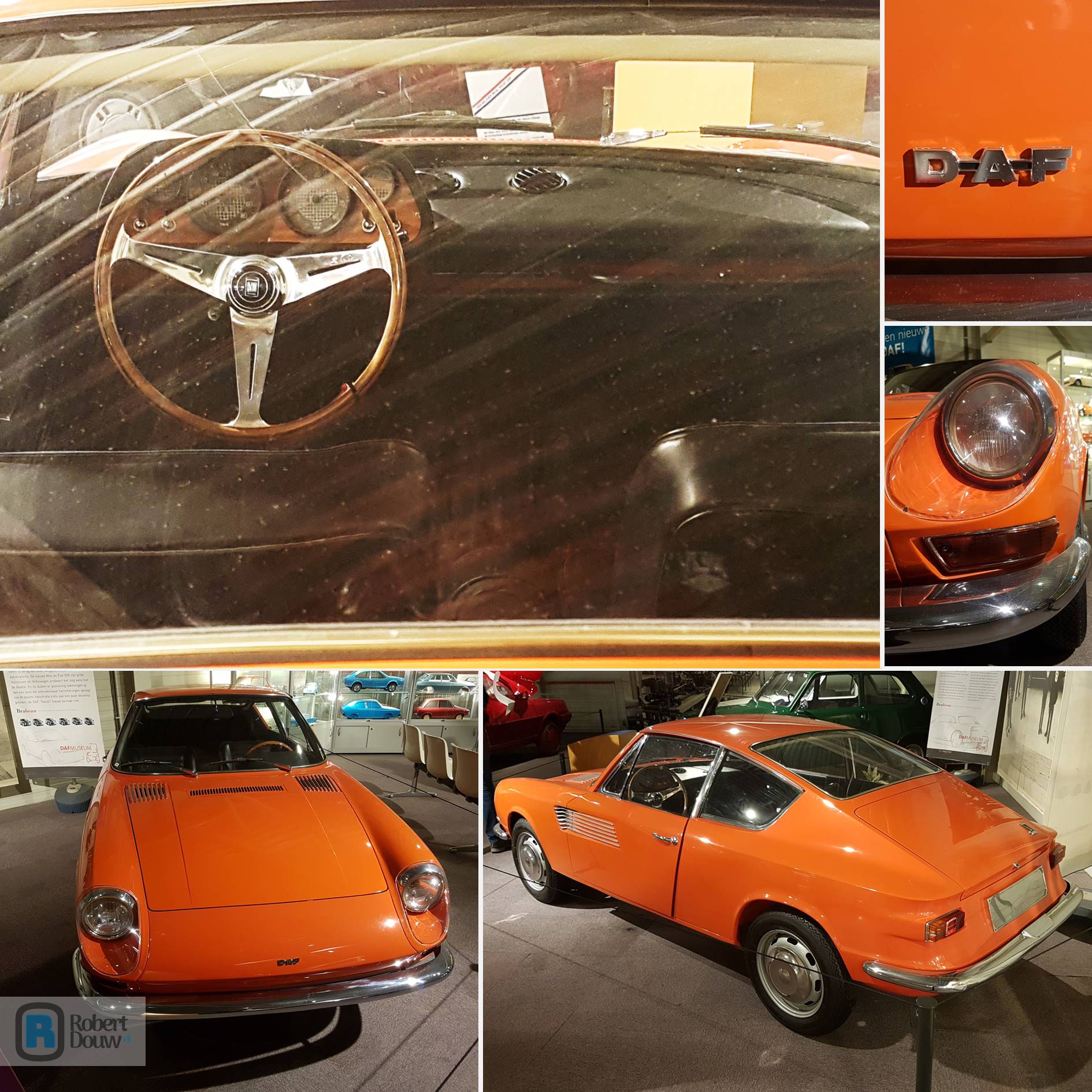

GT badge on the back of the 40 GT
Different storiesThe story of the DAF 40 GT is not that easy to trace. It's one of the very many models in automotive history that have never outgrown the design stage and have been pushed aside in the rapid succession of developments in a design department. There will probably be more information on such projects hidden away in the archives, but, well: hidden. Fortunately, every now and then a drop of information seeps out and then the puzzling begins. Different people have different interests, and so one source sometimes contradicts the other. Which makes it even nicer that there are three witnesses in the DAF Museum – the 1-on-1 model and two smaller scale models – which are no longer hidden, but accessible to the public, so that you can study them yourself. That helps with figuring out the story.

A bright orange coupé at the end of the corridor...
In any case, this is absolutely certain: in 1965 Michelotti designed the 40 GT on the platform of the B-body, on which the 44, 55 and 66 were placed shortly afterwards. Sketches were made and at least two models in scale 1:5 and a full size model. This indicates that the project was more than a finger exercise as a showpiece for the coachbuilder, as is implied sometimes, and that the intention was most likely to build the car in series, however small that may have been. According to Edgardo Michelotti, the son of designer Giovanni, the coupé in the Dutch national color was initially intended for Mr. Pieter van Vollenhoven, the husband of Princess Margriet of the Netherlands. That could very well be; DAF also had Michelotti build the "Dafkini" beach car for the Royal Family. However, as Edgardo Michelotti describes it, the intention seems to have been to build just one copy of the 40 GT, and I don't think that's the case.
Air intake vents on the rear of the hood and air outflow vents on the sides
Aerodynamic indicationsThe main reason I have to assume that DAF was seriously considering taking the 40 GT into production, is – in addition to the fact that DAF had a 1-on-1 model made – the historiography of DAF engineer Van der Brugghen. He writes that on his request, air intake vents were made on the back of the hood of this model, as well as air outflow vents on the sides, in order to measure whether air currents lead through them would lower the air resistance. Before his time at DAF, Van der Brugghen worked at the National Aviation Laboratory in Amsterdam for some time, among other things in the wind tunnel. He used that experience at DAF, where considerable research was done into the effect of air currents on cars. However, the airflow investigation on the 40 GT was never carried out; according to Van der Brugghen “due to the greater urgency of other work”.

The white and orange scale model in the showcase of the DAF Museum
If you compare the white and orange scale model in the showcase of the DAF Museum, you can clearly see that the outflow opening on the side of the orange model is larger than the one on the older white model. The design of the headlamps and the front of the nose also seems to have been adapted for more favourable aerodynamics: the nose is slightly more pointed and the headlamps are placed a little further back. On the 1-on-1 model, glass in front of the headlights has been added, so that the wind is better guided over them. The same solution can be seen in a sketch Michelotti made for a Cisitalia 1200 coupé, which, by the way, was also never built, and in a slightly different form on the Triumph Spitfire GT4 fastback, also by Michelotti. Other designers also applied this at the time; Pininfarina for example on the Alfa Romeo Spider Duetto from 1966 and on the Ferrari 275 GTB from 1964. Imagine a DAF with the looks of a Ferrari – how cool is that!
From top to bottom: sketch for Cisitalia 1200 coupé, Ferrari 275 GTB-4, DAF 40 GT, Triumph Spitfire GT4 fastback
Dream and deedThe biggest difference between a Ferrari 275 GTB and the DAF 40 GT is of course that the former had a 3286 cc V12 in the front, while DAF in the 44, with which the 40 GT would share its base, used an 850 cc two-cylinder boxer engine. According to an information board in the DAF Museum, the archive shows that this engine was considered for the 40 GT, of course in combination with the variomatic. A sports coupé with 34 hp however isn't really a convincing offer. From 1967 DAF produced the 55, which was equipped with a 1108 cc four-cylinder from Renault, which produced 50 hp in the DAF. That still sounds a bit limited to today's understanding, but at the time it was quite acceptable: a Fiat 850 Coupé, for example, produced 47 hp and a Simca 1000 Coupé provided 52 hp. Nevertheless, with 50 hp, the 40 GT of course still wouldn't be very sporty. In addition, it was not yet known in 1965 that DAF would use the Renault engine, so to claim that that engine was considered for the 40 GT, as some sources do, seems an anachronism.

A wooden 'mold' for shaping the sheet metal and the 1-on-1 model of the 40 GT under construction on the Michelotti site
However, the lack of a suitable engine was not the main problem. If DAF really wanted to go for it, they could of course have obtained a suitable block from another manufacturer. Where it went wrong, it seems, was mainly the fact that a sports coupé would become too expensive according to the calculations. Edgardo Michelotti writes that there were two camps at DAF: a pro-40 GT camp consisting mainly of “enthusiastic engineers”, who shared Giovanni Michelotti's philosophy and ideals, and a “strong conservative group” which did not dare to take the risk. Since I'm also quite a rational Dutchman myself, I have to admit that the second group was probably closest to reality – the chances that the 40 GT would have brought in enough money to recover the development costs is probably nil. On the other hand, the 40 GT could have done a lot of good to DAF's image, which could have made the other models more attractive to the buying public and the car brand DAF to cooperation partners. After all, an investment can pay for itself in various ways. In any case, production of the 40 GT had now given us a very desirable classic...
Don't you feel like going for a ride?
MY CLASSICS
In the My classics section, I regularly add a model to my digital collection of classics. For that, I select cars whose design appeals to me or evokes memories. So nostalgia, and very subjective. Hence the section title: my classics.
Sources
- Brugghen, J. van der. (1988) Dertig jaren Nederlandse personenwagens; 1958-1988. Helmond: Volvo Car b.v.
- DAF Museum: information board in the showcase with scale models.
- Michelotti, E. & Cavallini, G. (2019) Giovanni Michelotti; una matita libera / a free stylist. Brescia: Fondazione Negri.
- Ferrari 275, Fiat 850 en Simca 1000 Coupé on en.wikipedia.org.
The photos in and of the Daf Museum are my own. The other images are from the following sources:
- Sketch for Cisitalia 1200 coupé: negri.it.
- Ferrari 275 GTB-4: By Varin from Irvine, USA - 275 GTB-4, CC BY 2.0, Wikimedia Commons.
- Triumph Spitfire GT4 fastback: sportscardigest.com.
- Protoype 40 GT under construction: coachbuild.com.
